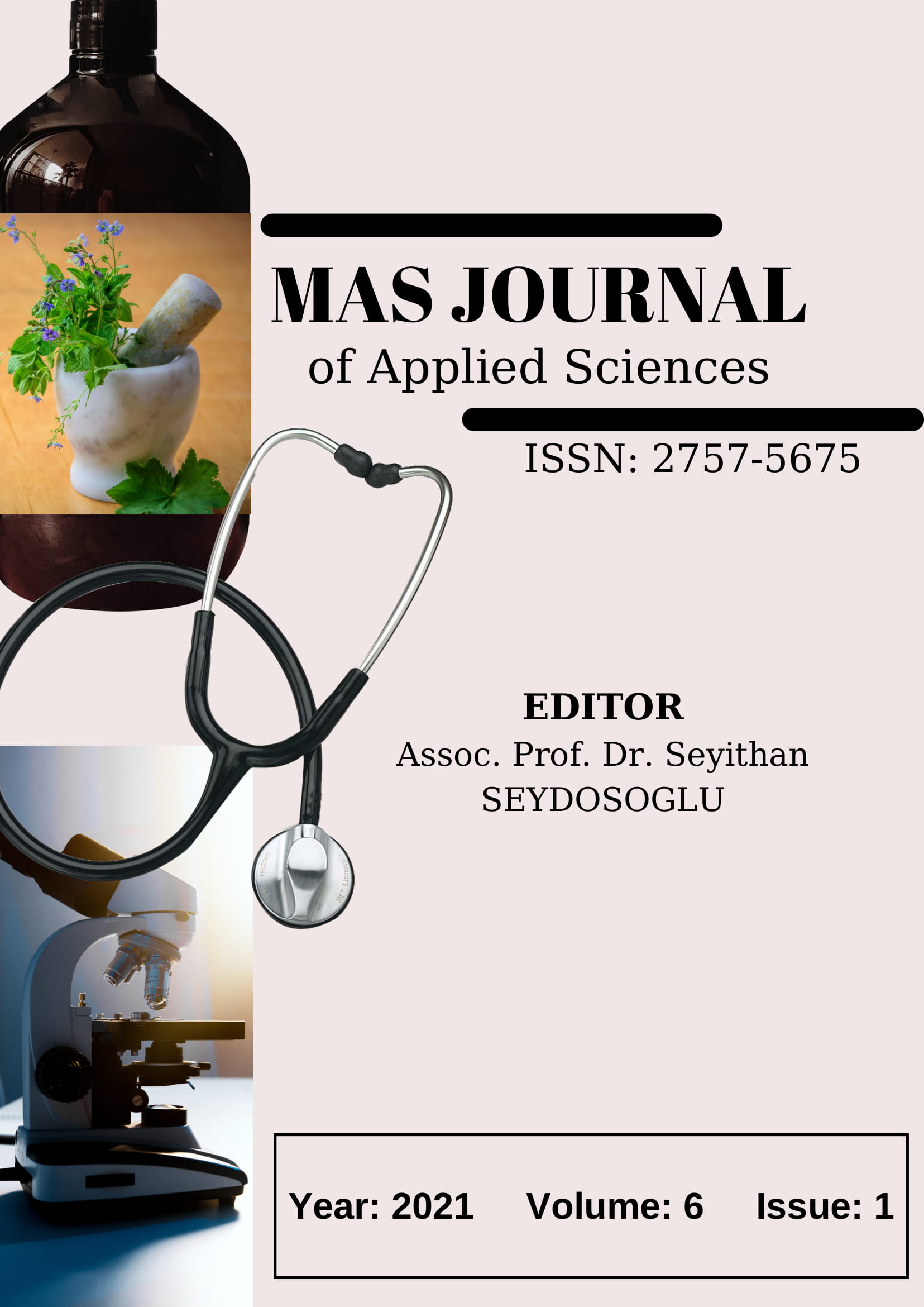Solution Suggestions For Problems Encountered in Life Cycle Assessment Applied in Building Sector
DOI:
https://doi.org/10.52520/masjaps.47Keywords:
Life cycle assessment, YDED, YDY, Construction Materials, Evronomental ImpactAbstract
To improve environmental quality and ensure that individuals can live in a healthy environment, the environmental impact of building products needs to be evaluated with all life expectancy in mind. This process, which is referred to as a life cycle, covers the entire production, construction, use, demolition and post-demolition stages of the building material or building, starting from the removal of the raw material. In each of these stages, construction products can cause different environmental effects. The obvious feature of these products is that they often have a long service or service life and require maintenance and repair in certain ways during all service phases and throughout all service periods. It is also known that in relation to this maintenance and repair, building products have environmental implications that negatively impact human health. The International Organization for Standardization (ISO: International Organization for Standardization), which is the representative of 120 countries in Geneva, Switzerland, has prepared the ISO 14040 series, which includes these standards for environmental management in ISO 14000, as well as the Lifecycle Assessment, to make common efforts even more efficient. Under TSE in Turkey, TC207 and TC176 have formed technical committees and prepared ISO 14000 environmental management standards series. The study aims to examine the concept of a modern life cycle assessment (YDD) in line with the latest developments and approaches, and to provide solution recommendations by explaining the issues encountered in the construction industry in evaluating the environmental impact of building products throughout their lifecycle.
Downloads
Published
How to Cite
Issue
Section
License
Copyright (c) 2021 The copyright of the published article belongs to its author.

This work is licensed under a Creative Commons Attribution-NonCommercial 4.0 International License.


